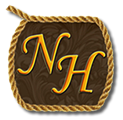Who Sparked Your Interest In Horses?
Who or what sparked your interest in horses? Was it a “Black Stallion” story by Walter Farley? Was it your favorite western movie or maybe it was your favorite Saturday morning show? Was it an actor? Or was it someone in your family or close friend? My interest . . . no . . . my passion for horses started at a very early age. The earliest I can remember was stories of horse adventures on the family farm from my mother.
She told of how the older children in the family were responsible for the horse Grandpa deemed was theirs. There 10 in all, a couple of Draft horses but mostly all were paints. Mom told of a feisty mare named Primper (maybe this is why I prefer mares). From the stories, Primper fit this mare. She refused to get her feet wet and always came up with ways not to. From Mom’s stories, I get the impression that she was a little on the spooky side also. There was also a stallion that was born on a stormy night, thus his name Stormy. He became the favorite of the kids and learned to play tag. He also had a preference for fresh water. He learned to turn on the facet to quench his thirst, he just never learned to it off.
Mom told stories of searching for the horses on cold fall/winter days. They would find them in a favorite ravine out of the cold biting wind. By the time the kids found them, they themselves would be cold. So they would stand in the middle of the herd for warmth. When everyone was warm, they would bridle a couple and ride back to the barn. There were stories of lazy summer days in the forest on the property. All the older children & friends were on their horses playing what ever games kids can think of to pass time.
She talked of trying to learn to mount a horse the cowboy way, jumping from the ground at a run and catapulting over the hind end into the saddle. She never really said how long it took to achieve this task or if anyone ever did. There was also the stories of going to the parades. Most of the children and my grandparents participated in the parades. The star of the show was always a 1/2 Arabian Paint named Dick. He, like the rest of the horses, would start out at the end of the parade. By the time the parade was half way through the route, Dick was always leading the parade. He just wanted to be the grand marshal in front.
In my teen years, Mom endured my occasional foray into the horse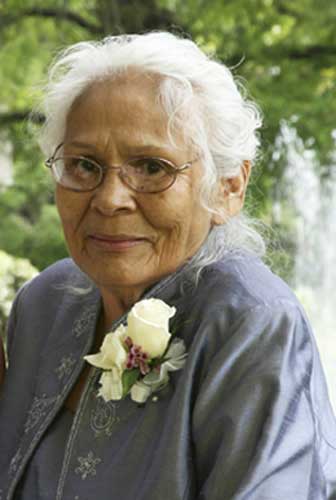 world. I had friends that let me ride. She tolerated my insistence to stay in the horse barns while at the fair. After I moved out and married, I bought my first horse. While she was never too excited about this, she was always there to cheer me on at the few shows I entered. She never discouraged my growing passion for horses. She would bring her grandchildren out to the barn so they could get to know Iggette. Later on, she brought the great grandchildren out to see my newest horses.
world. I had friends that let me ride. She tolerated my insistence to stay in the horse barns while at the fair. After I moved out and married, I bought my first horse. While she was never too excited about this, she was always there to cheer me on at the few shows I entered. She never discouraged my growing passion for horses. She would bring her grandchildren out to the barn so they could get to know Iggette. Later on, she brought the great grandchildren out to see my newest horses.
I’m dedicating this post to my mother, Dolores Holland. On August 29, 2009 she lost her long fight with COPD. My passion started with her stories. I hope my stories ignites the passion for horses in someone else.

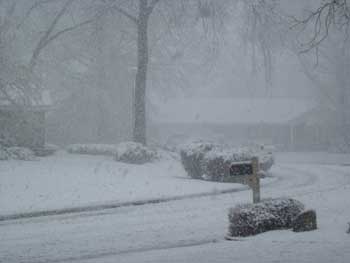 It’s the last weekend of March. Mother Nature has teased us more than once with beautiful springtime weather. This weekend did not qualify for that in Oklahoma. We have had one doozy of an early spring snow. In my area, that has been 4″-6″ of the white stuff. The farther west you live has turned into as much as 26″-28″ of snow. I know, some of you from the north are saying “Waaaaa, whiners”.
It’s the last weekend of March. Mother Nature has teased us more than once with beautiful springtime weather. This weekend did not qualify for that in Oklahoma. We have had one doozy of an early spring snow. In my area, that has been 4″-6″ of the white stuff. The farther west you live has turned into as much as 26″-28″ of snow. I know, some of you from the north are saying “Waaaaa, whiners”.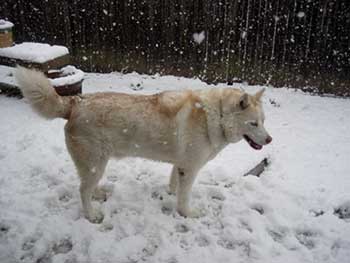
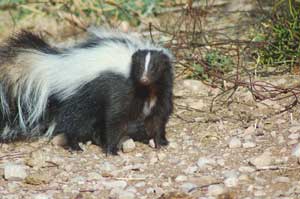 pasture. There was even a red fox that showed up but never stopped. It made its hurried travel through the pasture to get to cover in the next property. There were the urban possums & rabbits. You could catch a glimpse of an occasional owl at dusk in the fall. The one critter that seemed to make it’s home somewhere near (or under) the buildings was a skunk.
pasture. There was even a red fox that showed up but never stopped. It made its hurried travel through the pasture to get to cover in the next property. There were the urban possums & rabbits. You could catch a glimpse of an occasional owl at dusk in the fall. The one critter that seemed to make it’s home somewhere near (or under) the buildings was a skunk.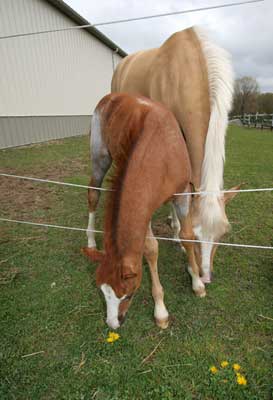 accompany each vet on calls and the barn manager who looks after your horse if he needs to stay for more intensive care. I really appreciate each & every one of these people. They do a great job. A presentation was done by each of the 2 new vets. One was on the importance of proper wound care. I could go on for days about this subject because my horses have given me plenty of practice. But I would like to talk about how you can possibly prevent some injuries.
accompany each vet on calls and the barn manager who looks after your horse if he needs to stay for more intensive care. I really appreciate each & every one of these people. They do a great job. A presentation was done by each of the 2 new vets. One was on the importance of proper wound care. I could go on for days about this subject because my horses have given me plenty of practice. But I would like to talk about how you can possibly prevent some injuries.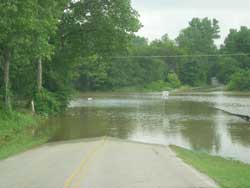 looked for hours & did not find a spot of blood or the tell tale sign of horse hair on a fence post or tree branch. Zip’s injuries were costly & required weeks of stall rest to heal.
looked for hours & did not find a spot of blood or the tell tale sign of horse hair on a fence post or tree branch. Zip’s injuries were costly & required weeks of stall rest to heal.